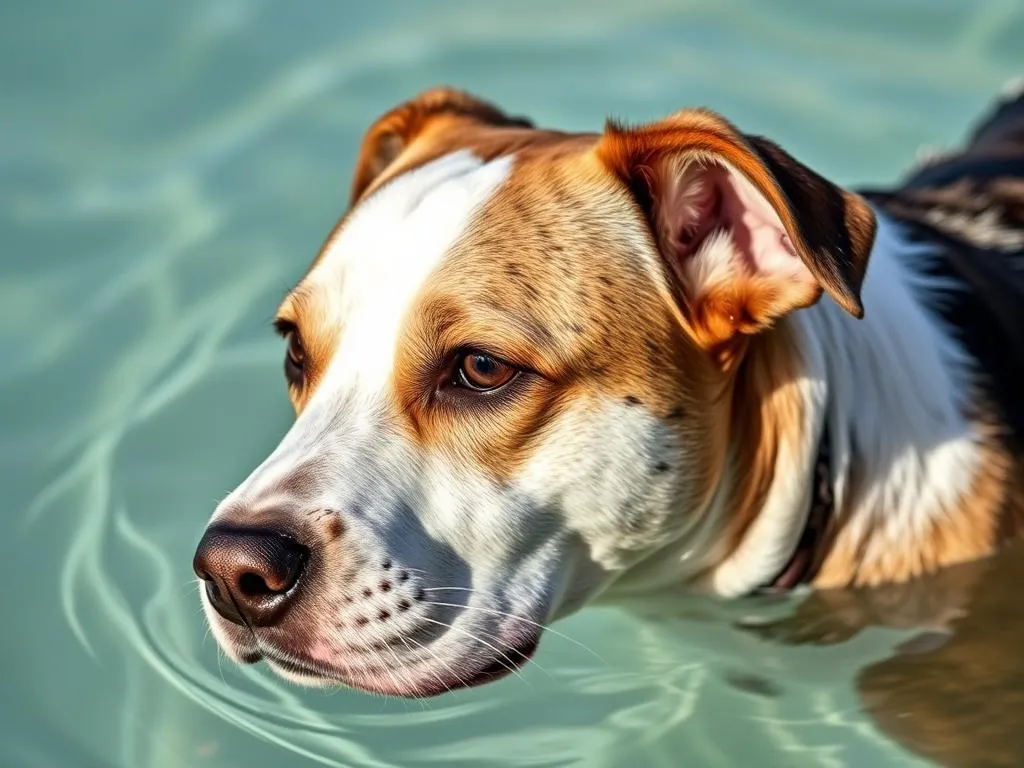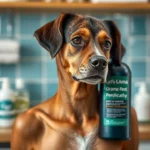
Introduction
Maintaining your dog’s ear health is a critical aspect of responsible pet ownership. Ear infections in dogs can lead to discomfort and serious health issues if not addressed promptly. One of the common culprits behind these infections is swimming, which can introduce moisture into the ear canal and create an ideal environment for bacteria and yeast to flourish. In this article, we will explore how to prevent ear infections in dogs after swimming, providing you with practical tips and insights to keep your furry friend healthy and happy.
Understanding Ear Infections in Dogs
What Are Ear Infections?
Ear infections in dogs can manifest in different forms, primarily categorized into otitis externa (infection of the outer ear canal) and otitis media (infection of the middle ear). Symptoms can vary but often include scratching at the ears, shaking the head excessively, foul odor emanating from the ear, and discharge that can range from clear to a dark, waxy substance. Recognizing these symptoms early is essential for effective treatment.
Why Are Dogs Prone to Ear Infections?
Dogs’ ears are uniquely structured, making them susceptible to infections. Their ear canals are long and L-shaped, which can trap moisture and debris. Several factors contribute to ear infections, including:
- Moisture: Excess moisture from swimming or bathing can create a breeding ground for bacteria and yeast.
- Allergies: Food allergies and environmental allergens can cause inflammation, leading to infections.
- Foreign Bodies: Grass seeds, dirt, and other irritants can get lodged in the ear canal, leading to infections.
The Impact of Swimming on Ear Health
Swimming can significantly affect your dog’s ear health. When dogs swim, water can easily enter their ear canals, especially if they are diving or shaking their heads. The risk varies depending on the swimming environment:
- Natural Bodies of Water: Lakes and rivers can harbor bacteria and parasites that increase the risk of infections.
- Swimming Pools: While generally cleaner than natural water, pools can still contain chemicals that irritate the ears.
- Ear Structure: Certain breeds, particularly those with floppy ears like Cocker Spaniels, are more prone to ear infections due to their ear anatomy.
Tips for Preventing Ear Infections After Swimming
Before Swimming
Regular Ear Cleaning
Routine ear care is crucial for preventing infections. Use a gentle, vet-recommended ear cleaning solution to keep your dog’s ears clean and dry. Here’s a simple cleaning routine:
- Choose the Right Solution: Look for products specifically designed for dog ear cleaning. Avoid using alcohol or hydrogen peroxide, as these can irritate the ear canal.
- Technique: Apply the solution to a cotton ball or gauze and gently clean the visible parts of the ear, being careful not to insert anything deep into the canal.
Choosing the Right Environment
Select safe swimming locations to minimize the risk of infections:
- Clean Water: Opt for swimming areas that are well-maintained and have clean water.
- Avoid Stagnant Water: Steer clear of stagnant ponds or areas with thick vegetation, as these are more likely to harbor harmful bacteria.
During Swimming
Supervision and Monitoring
Keep a close eye on your dog while swimming. Monitoring their behavior can help you recognize any signs of discomfort or distress. If your dog seems uneasy or is shaking their head excessively, it may be time to exit the water.
Ear Protection
Consider using ear protection for your dog while swimming:
- Products: Look for water-resistant ear drops or specialized ear plugs designed for dogs. These products can help create a barrier against moisture.
- Usage Tips: If using ear drops, apply them before swimming to coat the ear canal adequately. Ensure the plugs fit securely and check them regularly for signs of wear.
After Swimming
Drying the Ears
Drying your dog’s ears after swimming is crucial to prevent moisture buildup:
- Towel Technique: Gently wipe the outer ear with a soft towel. Encourage your dog to shake their head, as this can help expel trapped water.
- Avoid Cotton Swabs: Never use cotton swabs, as they can push debris further into the ear canal and cause injury.
Post-Swim Ear Checks
Regularly inspect your dog’s ears after swimming:
- Visual Inspection: Look for signs of redness, swelling, or discharge. If you notice any unusual symptoms, consult your veterinarian.
- Moisture Check: Ensure there is no residual moisture in the ear canal. If you suspect moisture remains, consider using a drying agent.
Using Drying Solutions
Drying agents can be helpful in keeping your dog’s ears dry after swimming:
- Recommended Products: Look for commercial drying solutions designed for dogs. These often contain ingredients that help evaporate moisture and prevent bacterial growth.
- Homemade Options: A simple mixture of half apple cider vinegar and half water can be used as a natural drying solution. Apply a few drops to the ear after swimming, but only if your dog’s ears are healthy without cuts or irritations.
Recognizing Signs of Ear Infections Early
Common Symptoms to Watch For
Being vigilant about your dog’s ear health can lead to early detection of infections. Watch for:
- Physical Signs: Redness, swelling, and a foul odor from the ear are key indicators of an infection.
- Behavioral Signs: Excessive scratching, head tilting, or rubbing their ears against furniture can signal discomfort.
When to Consult a Veterinarian
Consult your veterinarian if you notice any of the following:
- Persistent signs of discomfort that last more than a day or two.
- Discharge that is yellow, green, or has a strong odor.
- Swelling or redness that seems to worsen.
Early detection is crucial for effective treatment, so don’t hesitate to seek professional help.
Treatment Options for Ear Infections
Home Remedies
For minor infections, certain home remedies can be beneficial:
- Apple Cider Vinegar: This natural antifungal and antibacterial agent can help balance the ear’s pH. Mix equal parts vinegar and water, and apply a few drops to the ear.
- Coconut Oil: Known for its soothing properties, coconut oil can be applied to the outer ear to help with inflammation.
Always consult with your veterinarian before trying any home remedies, especially if your dog has a known allergy.
Professional Veterinary Care
If your dog develops an ear infection, professional veterinary care is essential:
- Common Treatments: Your vet may recommend a thorough cleaning of the ear canal, oral medications, or topical treatments to combat the infection.
- Follow Vet Recommendations: Follow all treatment protocols as prescribed by your veterinarian to ensure complete recovery.
Conclusion
Protecting your dog’s ears from infections, especially after swimming, is an essential part of their overall health care. By implementing regular ear cleaning, choosing safe swimming locations, and monitoring your dog’s ears post-swim, you can significantly reduce the risk of ear infections. Remember that early detection of symptoms can lead to timely treatment, ensuring your canine companion remains healthy and happy. Take these preventive measures seriously to keep your dog’s ears in optimal condition.
Your experiences and tips can benefit others, so feel free to share your thoughts and suggestions in the comments. And always consult with your veterinarian for personalized advice tailored to your dog’s unique needs.









